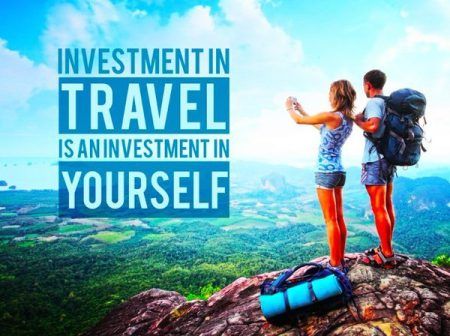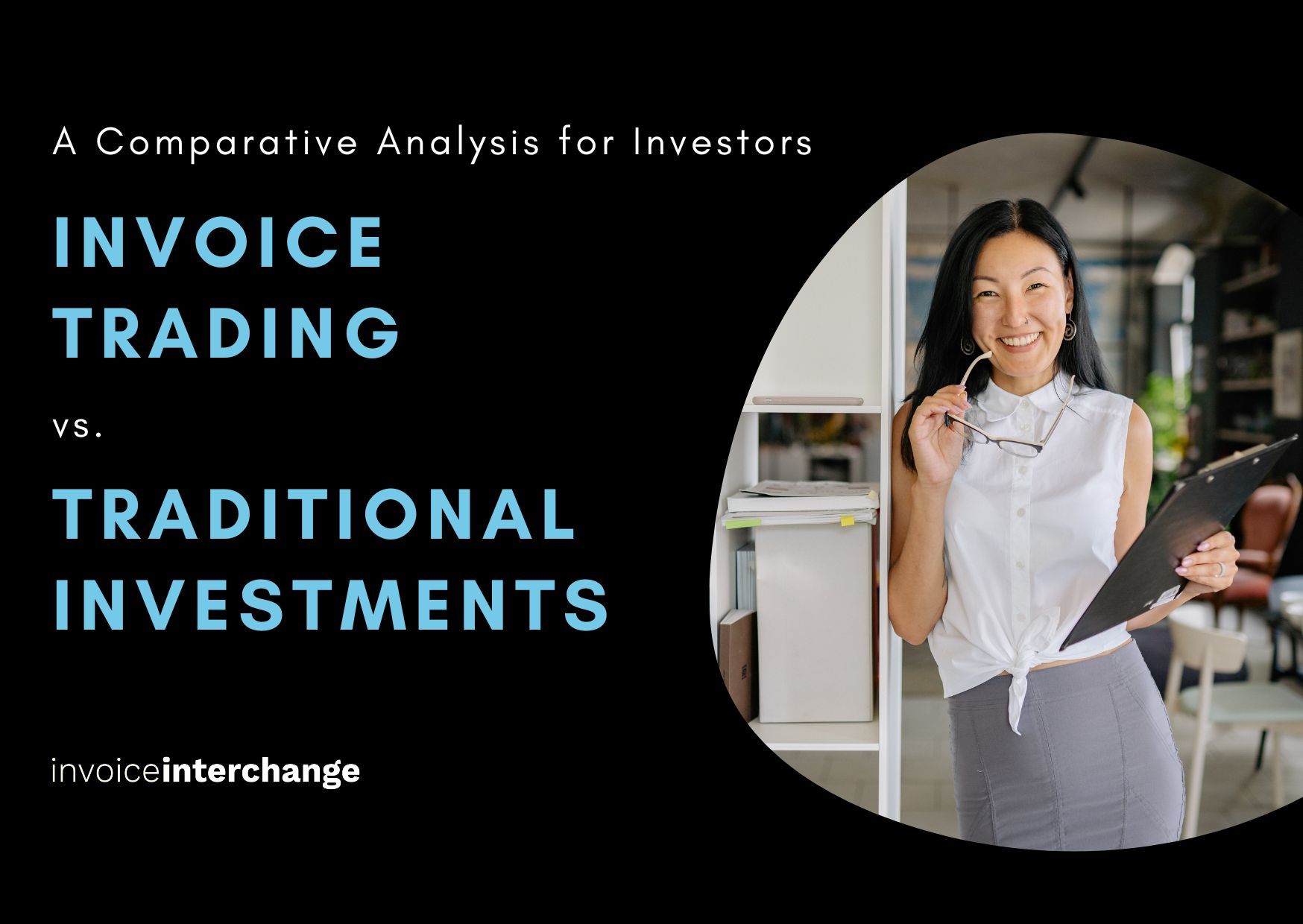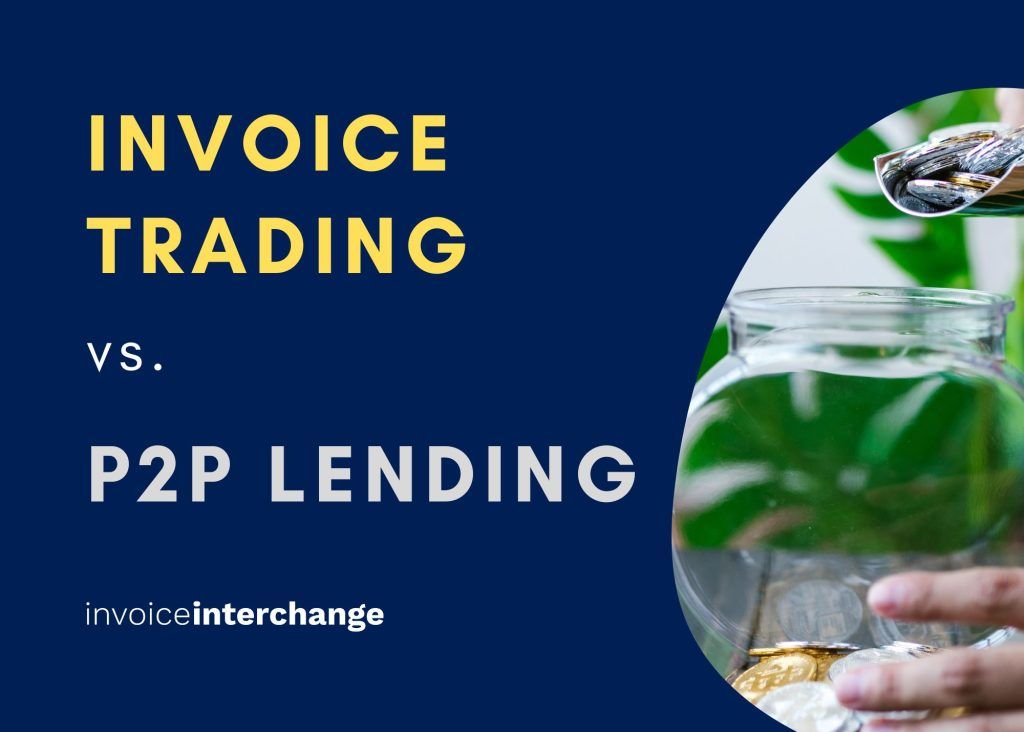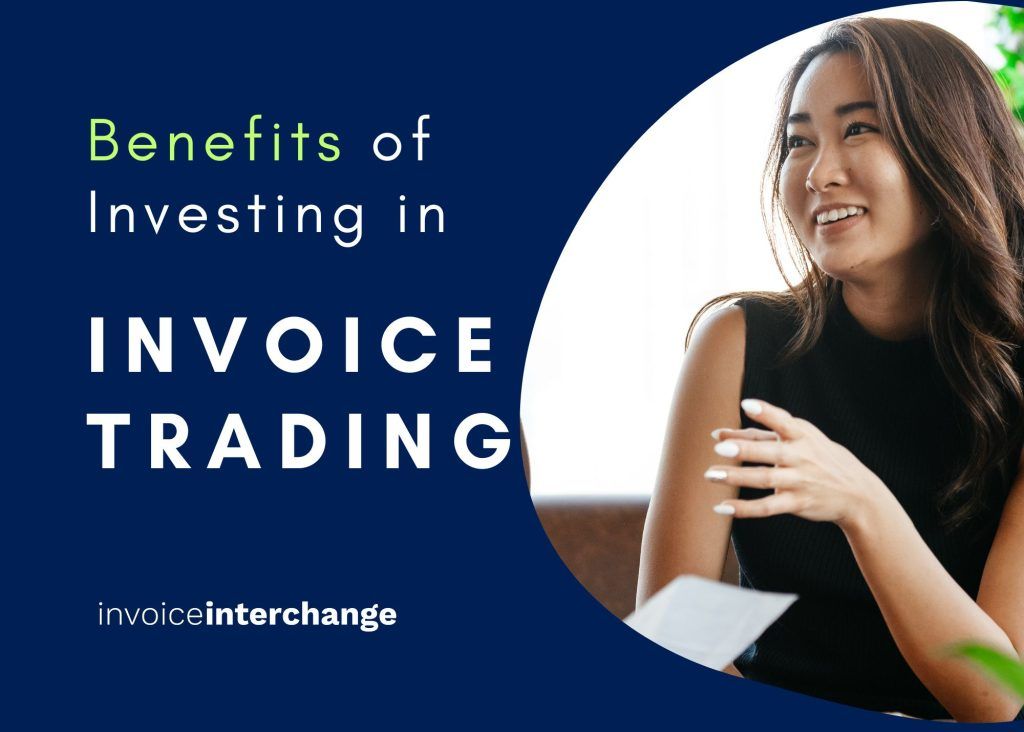This is the tired reality for many of us. It is a wearisome but easy route through life. And all of us would agree that this has to be the worst way to spend your years.
Even if it is a job you love, being shackled to a cubicle and a chair dries up enthusiasm pretty easily. It doesn’t take long for you to realize that your life is not entirely yours to to control. You will not have freedom. Not while someone is paying you a salary for your time and skills.
Is there a way out of it? Of course! The internet is riddled with stories of people who are living their dreams all over the globe: learning new languages, eating new foods, meeting new people…even raising new families in strange new places.
All these adventures are funded by their investments. These are the investment travelers.
There is no magic, no snake oil, no fancy software you have to buy and not an ounce of selling to do. All you need is some discipline not to blow every dollar on instant spending gratification.
The secret to the investment traveler’s freedom can be summarized into these three points:
- Pay off all your debts

(source: usnews.com)
- Save as much money as you can. Be ruthless about it – you spend a few years scrimping and saving, you eventually will be able to spend a few decades spending guiltlessly.
- Find an investment tool of choice and keep building those tools. It could be property, it could be stocks, it could be funds – let interest compound over the years and keep adding money to these investments
Each story followed the same pattern. Save, build, save, build. This needs to happen over an average of about 6 to 10 years.
“We lived close to the university and could walk everywhere, so we didn’t have a car. I was commuting by bicycle — 8 to 20 miles every day. We got most of our food at a farmer’s market and CSA. The biggest part of your income is housing, transportation and food, and those three things were cut really aggressively, so our monthly spend was less than $2,000 a month at the end” said Jeremy of GoCurry in an interview with BusinessInsider.
They all made saving a part of their lifestyle and didn’t allow it to become a sacrifice or a pain. This is important – if your lifestyle is not sustainable, you’ll suffer from burnout and misery.
“I saved money. Like a maniac. I hustled during the evenings and weekends, writing freelance articles, and saved every dime. I landed a few promotions with commensurate pay raises, and tucked this into a savings account. I earned extra money on the side, and put it straight into savings — $50 here, $100 there. Slowly, hundreds turned into thousands” quotes Paula of AffordAnything.

(source: liveamagicallife.com)
##The 4% rule

(source: realdealretirement.com)
You have put your money to work in your investment of choice, how do you capitalise off it? The 4% rule is about spending the returns and leaving the principal unmolested. The goal in investment travelling, is to live off your investments. Withdrawals made are from interests and dividends. With that in mind you need to calculate and maintain a balance that would give you this 4% return to withdraw from and spend.
For example, if you have $1 million in funds distributed across your assets, with the 4% rule, you could withdraw $40,000 in the first year, and so on.
However, the 4% model is originally a guideline for retirement. The idea is based on 50/50 stock/bond allocation and allows for annual inflation. However, the model makes the assumption that the retiree will use the funds at a mature retirement age and take the account into draw-down mode for 30 years until a person’s end of life.
As an investment traveller, you’re doing it a little differently. If you’re going to use these funds for an -early- retirement, either your assets will need to grow at a little more than your 4% withdrawal or you will need to adjust withdrawals downwards.
Another danger to be wary of is the threat of unforeseen events such as adverse market movements. If you’re unfortunate to be hit with big losses or long periods of weak gains, a double combo in negative growth and withdrawals can deplete your portfolio fast.
Use the 4% rule as a guideline, rather than as a ticket to unbridled spending. Don’t be too rigid with the rule and always keep your eyes on expenses and track how the market is responding.
What would you invest in?
You will have to find your favorite. You can use standard modern asset allocation theory; keep a small percentage in bonds, a small percentage in REITS (Real Estate Investment Trusts) and build a fundamental foundation on equities. This is not a rule, it is merely a guideline. You have to start somewhere.

(source: momanddadmoney.com)
Stocks have been known to be a necessary staple of any investment plan and there is compelling evidence that it should be a cornerstone of any strategy. Over time, stocks are still seen as a good tool for providing steady returns.
Paula of AffordAnything built her money machine based on real estate investing. Starting with a triplex, she lived in a unit and rented out the other two. Rental from income goes back into another property. And another. Over time, she was able to build a viable business that funds her travels and protects her portfolio value against inflation.
You’ll have to do your own research, figure out which works for you and invest in what you can understand. Ignorance is not bliss and can cost you both money and time. Each of these investment travelers have put in effort to sharpen their knowledge in what they’re sinking their hard earned savings into.
Just get started
Take a dollar and put it into a box. There. You’ve started the first step.
Now, skip the cinema and the fancy café. Instead go to the library, pick up a few books on investing and make that your new hobby. That’s the second step. You’re now on the path to liberating yourself from the office.
Throughout the globe, people have been making their travelling dreams come true, funded by the investments they make which were built by the money they earned.
Technology today allows us such a wide variety of tools to monitor our assets. We’re able to track stock prices, become mini hoteliers, buy and sell equities on the fly, do research – we’re able to do so much from large distances, all for the price of Wi-Fi.

(source: http://www.dumblittleman.com)
If you dream of packing your bags and living out your days travelling the world, start now and start putting money to work. Make it work as hard as you do and you’ll be realizing these dreams in a few short years.




